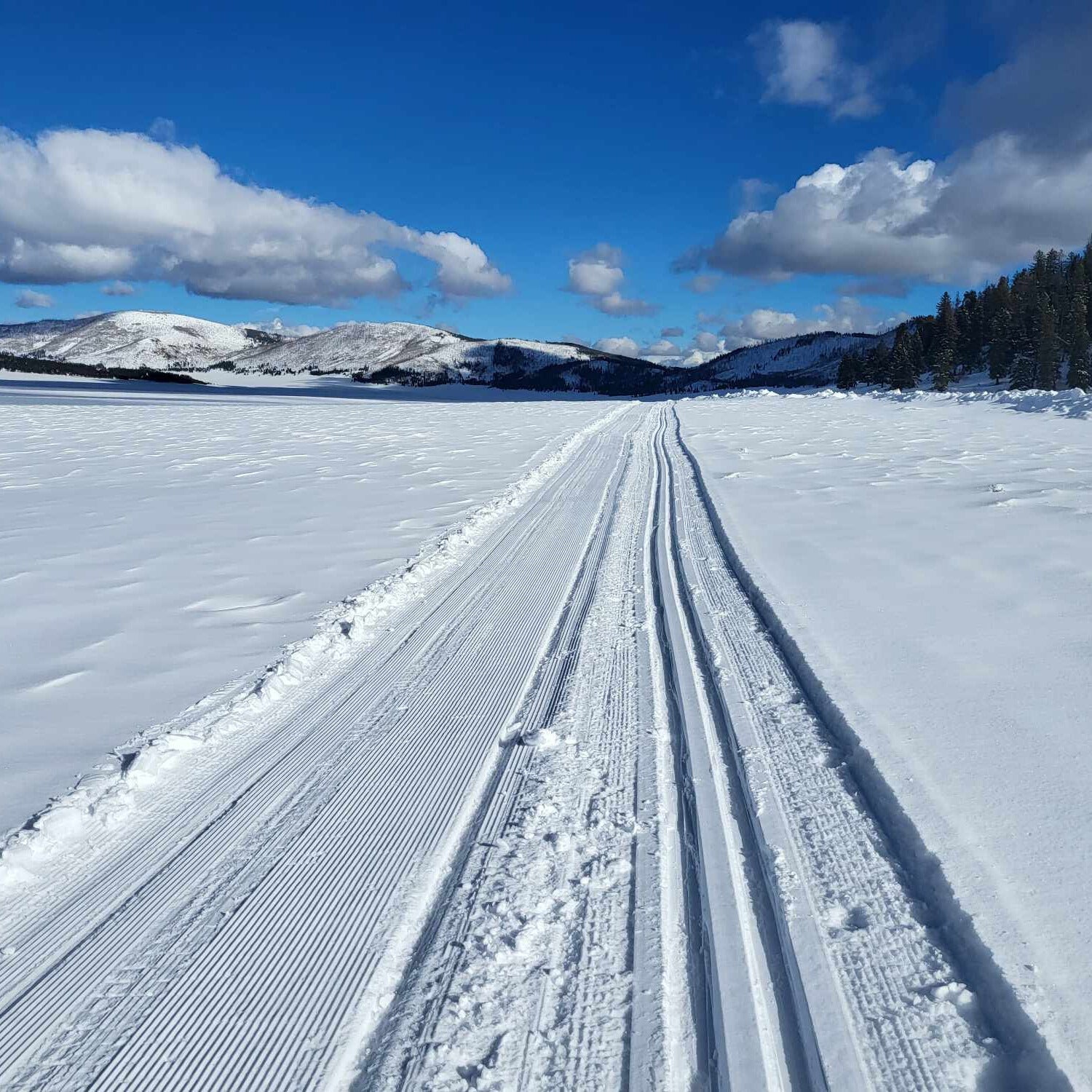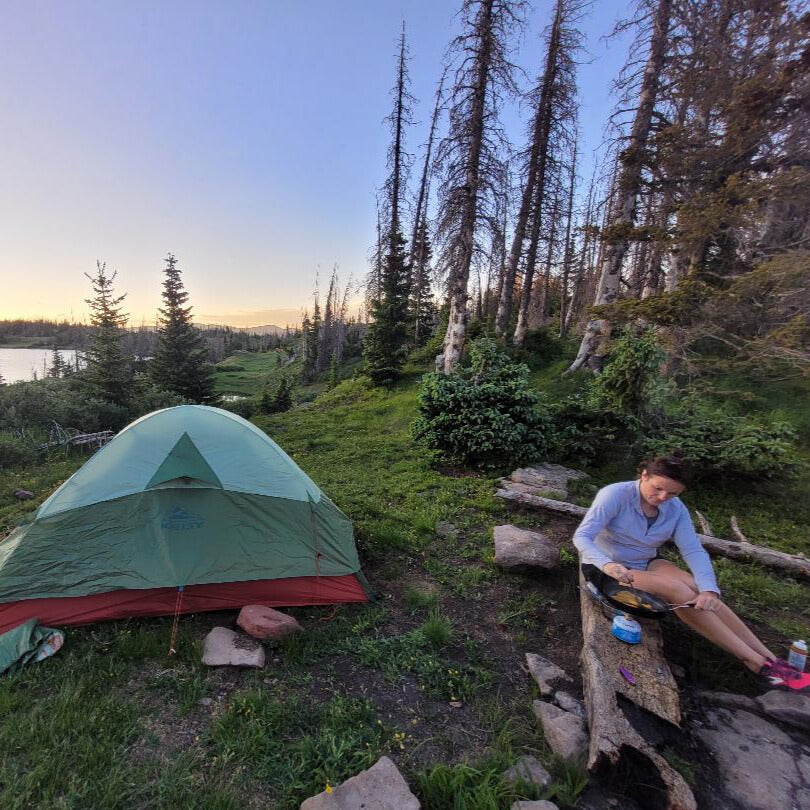Your Cart is Empty
accepting gear drop offs Mon-Sat 10am-5pm. No Consignment acceptance on Sundays.
accepting gear drop offs Mon-Sat 10am-5pm. No Consignment acceptance on Sundays.

When it comes to buying and selling used skis, there’s more to consider than whether or not the skis appear “functional.” The bases may look nice and waxed, the edges may still have a factory edge on them, and the topsheets may have no nicks or dings that even a microscope could identify. The real question on “is that ski still usable” is whether or not the bindings are indemnified by the manufacturer. What in the world does that mean, most people will ask?
As described by skibum.net, indemnified bindings means “in short, … the manufacturer will “support” the certified technician in the event of legal action. That’s all.” Each year, ski binding manufacturers create a list of bindings that they will indemnify. This list is provided to certified ski retailers who belong to the National Ski & Snowboard Retailers Association (NSSRA).
The purpose of the NSSRA, according to their website, is to “represent specialty snowsports retailers, and advocate on their behalf on issues affecting their businesses.” Each year, binding manufacturers create a list of bindings they will indemnify and provide that list to the NSSRA who in turn provides that list exclusively to their paying members. In order to become an NSSRA member, retailers must submit an application to the organization with an annual payment and details of their retail ski shop.
This might lead you to ask “what about the rest of us?” I, personally, want to know whether or not those skis that were handed down or sold second hand to me are considered “indemnified,” and therefore safe in the eyes of the Industry. This is where it gets a little convoluted. In order to have a binding tested for safety, a ski shop must test the binding to ensure that binding will release when a certain amount of pressure is applied laterally to the ski boot. This test mimics a hypothetical user of the boot and binding combination falling. If the binding were to not release, the user’s knees could be compromised resulting in potential injury. This test can cost anywhere from $15 to $25 depending on the shop you bring them to.
On top of the industry’s indemnified list, a shop technician also has the ultimate say in whether or not they consider the binding to be safe. Even if the bindings are on the indemnification list, a ski tech can deny service if they don’t consider a binding to be safe. All of these different factors leaves those who choose to use second hand skis at the mercy of the ski shops who are renting or selling skis and bindings direct from the manufacturer and who belong to the NSSRA.
Therefore, when we take in used skis on consignment we take time to check (to the best of our ability and available resources) that the bindings on the skis are deemed usable and on the most current indemnification list. If they are not, we will not resell them in our shop because the next person who buys them won’t be able to get them serviced. Buying and selling used gear comes with its handful of challenges. Ski binding indemnification is one we are trying our best to stay up to speed on and do what it right by both consignor and customer.

Thanksgiving is almost here–and skiing this early is always a gamble. Here are some non-skiing warm(er) weather destination ideas for the long break.

Just a couple hours from Durango, Valles Caldera is a great cross-country skiing destination, with surprisingly good snow and very few visitors.
Valles Caldera National Preserve is a popular hiking destination in the summer and a surprisingly great skiing destination in the winter.

When spending one night (or many) in the backcountry, a warm dinner at night and hot beverage in the morning can make the difference. That invariably involves using a stove of some sort–but which one?
Stove technology has been around for decades, but new tech is making them lighter, more efficient, and more dependable than ever before. Here’s a rundown of the different kinds of backpacking stoves: